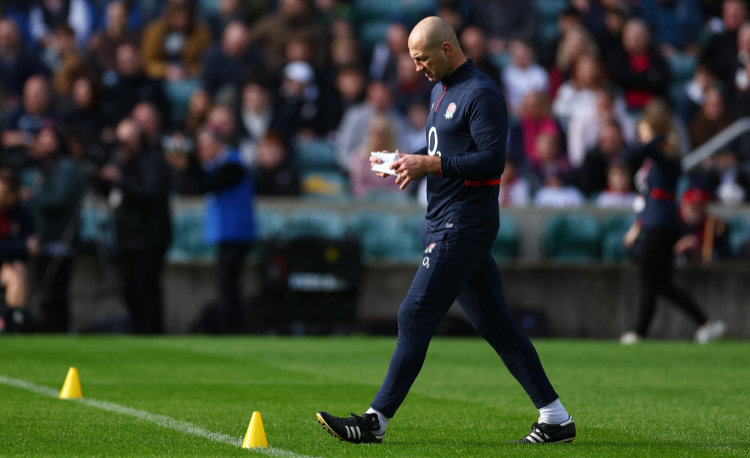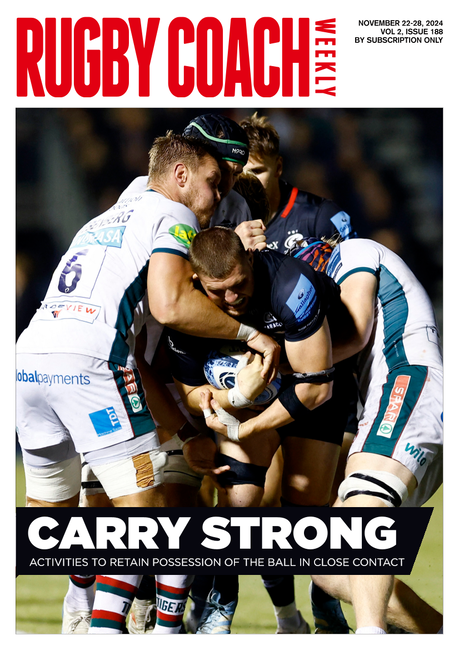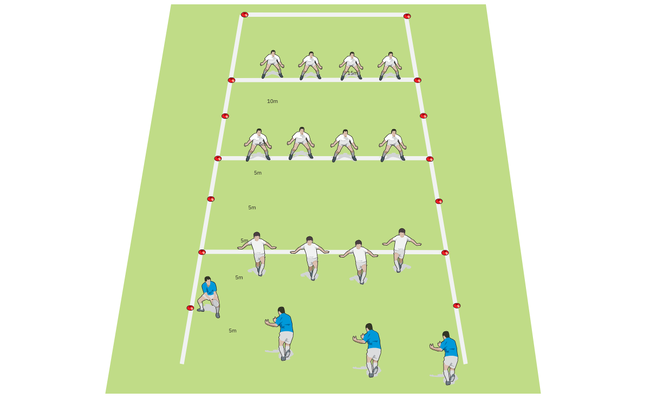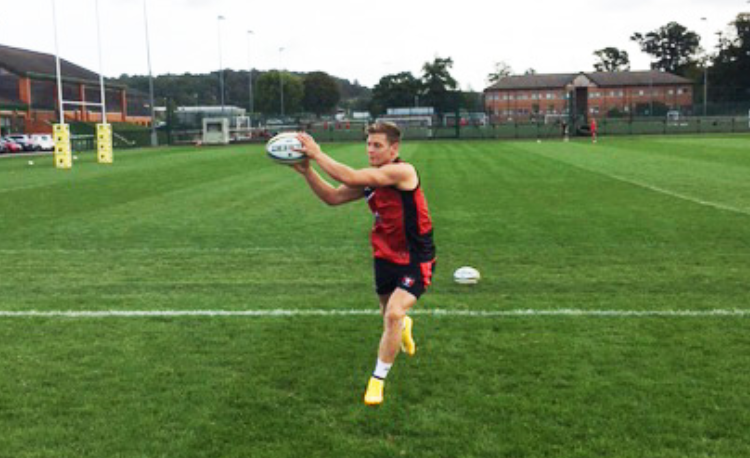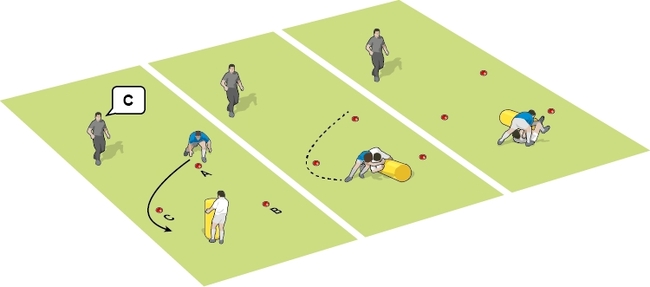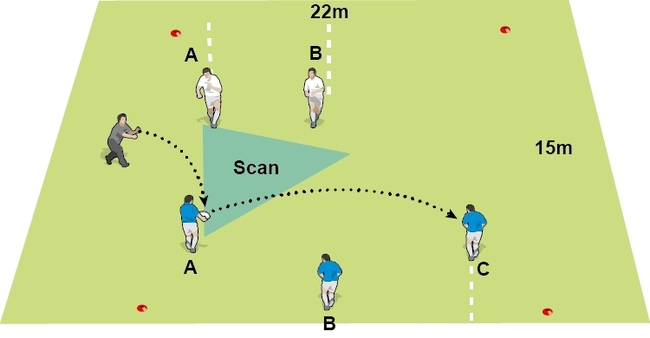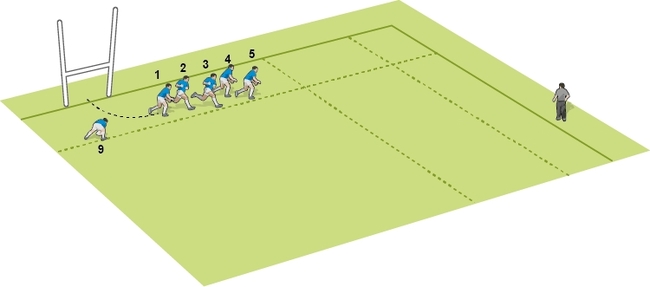Get players primed
Ensuring the warm-up is well-suited to both training and matches is essential for any coach. EAMONN HOGAN explores various approaches to achieve this.
All coaches should take the importance of warm-ups prior to training and matches very seriously.
They must always be specifically tailored to meet the intensity levels required to achieve your aims.
But not all training sessions need to start with a high-intensity warm-up, and there may be telltale signs during a match that you may need to rethink your pre-game warm-ups...
Training sessions can have two warm-ups
Higher intensity warm-ups create an environment suitable for tackling or breakdown work – but not all sessions require body-on-body build-ups.
If the session introduces a new idea, for example, there may be some time standing around, so you may decide a lower intensity warm-up is necessary, with a second one later in the session.
First 10 minutes of matches
When it comes to the suitability of pre-game warm-ups, you should look at your match performances; mainly the first 10 minutes or so.
It is difficult for any of your players to do anything significant in that opening period, without first having been prepared for that first contact with the opposition.
If you start a match slowly, you should always ask yourself: Did you send the players on to the field ready to play at the intensity level the match demands?
Individualised
Do you allow each player to do their own personal, position-specific warm-up? Do you factor in kicking or catching high balls?
Most teams factor in lineouts, but do you allow 1v1s or 2v1s in scrum practice? Do your backs run against a meaningful defence in the warm-up, putting them under match-realistic pressure?
There is no reason why you have to supervise all of these individuals, as they will realise that they will be doing this for real under pressure in a few moments, so it often focuses the mind.
Maximise team time
In the last 15 or 20 minutes before kick-off, you will run some plays from lineouts, scrums or phase play, But, even here, you can make real differences.
Having attacked the posts in one phase of the pre-match warm-up, coaches will often take the team back out and start again.
Why not start at the posts you just attacked and look at phases where you can practise clearing your own lines?
Alternating between attack and defence better prepares you for the game, and allows you to maximise the time available to you.
Home and away warm-ups – keep them the same
One final point: Ensure you can repeat the warm-up both home and away.
If you aren’t careful, a long home warm-up and a rushed away one can have on-field repercussions.
There are many reasons, both physical and psychological, that can explain differing performances at home and away – but a rushed warm-up shows the players that we are not in control as a team, and the day may have already got away from us, even before we get onto the field of play.
It is vital, therefore, that you have a warm-up that can be taken on the road, where your use of shields or tackle tubes can be replicated when you travel. If not, then don’t use them at home, either.
Related Files
Newsletter Sign Up
Coaches Testimonials

Gerald Kearney, Downtown Las Vegas Soccer Club

Paul Butler, Florida, USA

Rick Shields, Springboro, USA

Tony Green, Pierrefonds Titans, Quebec, Canada
Subscribe Today
Be a more effective, more successful rugby coach
In a recent survey 89% of subscribers said Rugby Coach Weekly makes them more confident, 91% said Rugby Coach Weekly makes them a more effective coach and 93% said Rugby Coach Weekly makes them more inspired.
Get Weekly Inspiration
All the latest techniques and approaches
Rugby Coach Weekly offers proven and easy to use rugby drills, coaching sessions, practice plans, small-sided games, warm-ups, training tips and advice.
We've been at the cutting edge of rugby coaching since we launched in 2005, creating resources for the grassroots youth coach, following best practice from around the world and insights from the professional game.
